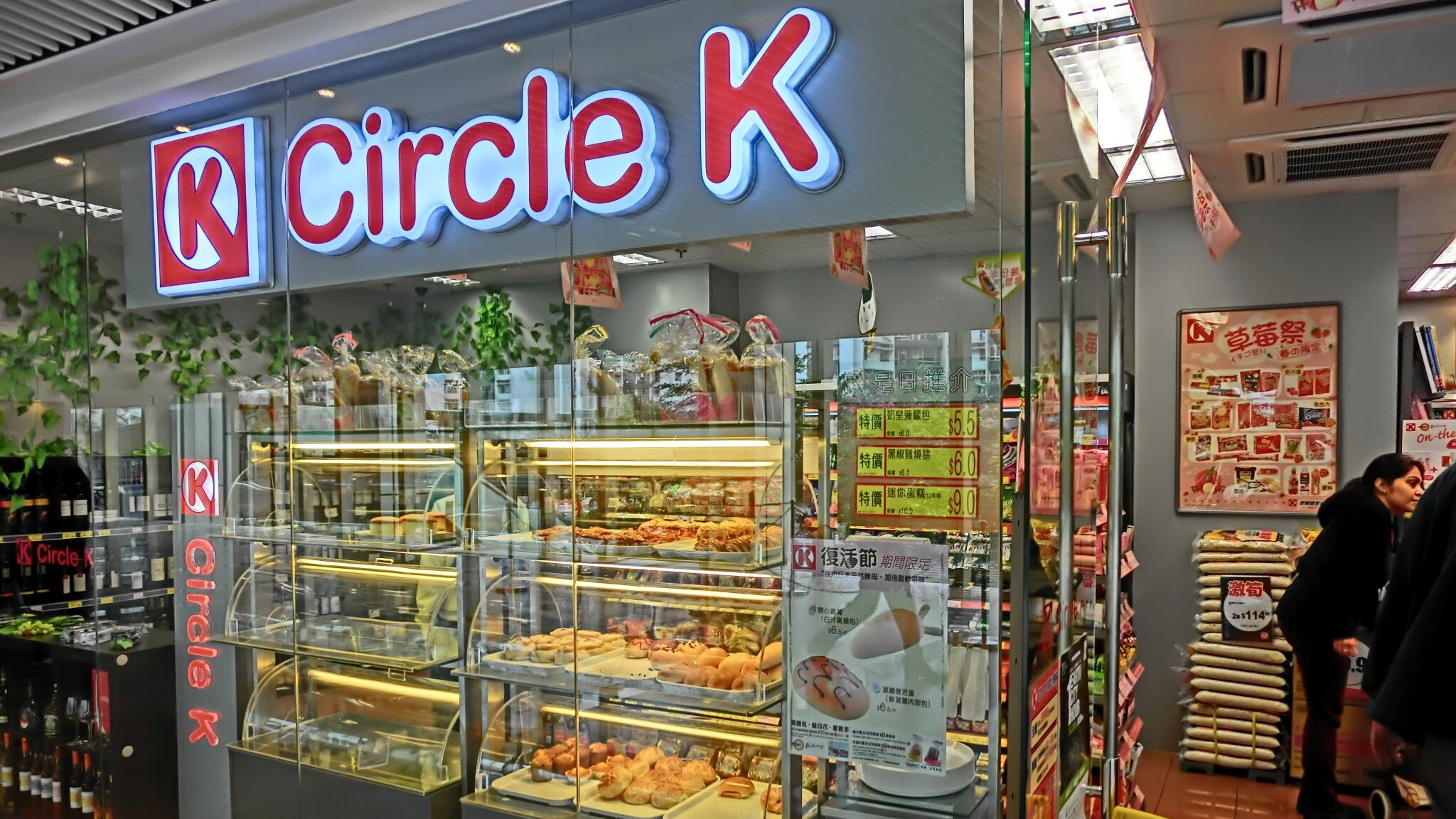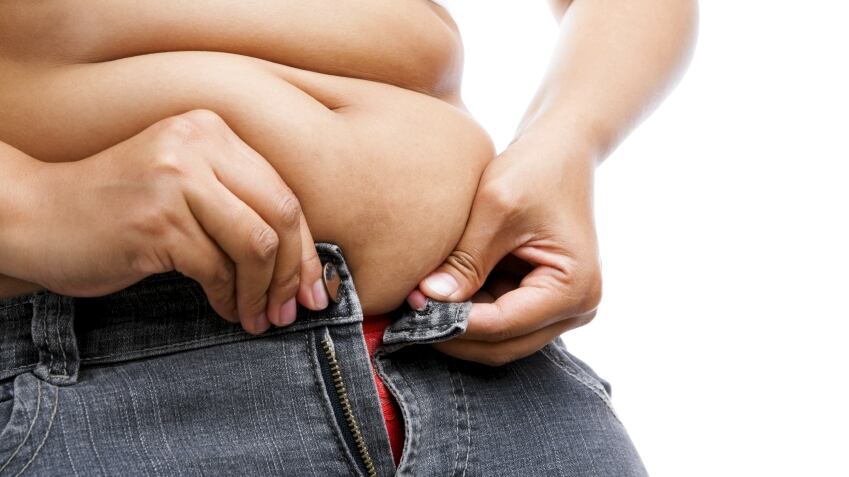Reporting the news, state news agency Xinhua said the joint-venture between several academic and commercial institutions would edge “the controversial science closer to mainstream acceptance”.
The plant, said to be the largest such facility worldwide, will be located in a government-sponsored business development park, and will clone animals including 100,000 beef cattle per year. The plant’s management said it hopes to eventually increase this figure to to 1m.
The main building is already under construction and due to be put into use in the first half of 2016, Xinhua reported.
The RMB200m (US$31m) site will be jointly built by Sinica, a subsidiary of Boyalife Group, Peking University's Institute of Molecular Medicine, the Tianjin International Joint Academy of Biomedicine, and the Sooam Biotech Research Foundation of South Korea.
Boyalife and Sooam have already been involved in a cloning joint-venture in China through which it began to produce Tibetan mastiff puppies last year.
This was China’s first commercial cloning collaboration, though Chinese scientists have cloned sheep, cattle and pigs for research purposes since 2000.
“Clone technology is already around us, it’s just that not everyone knows about it,” Xu Xiaochun, Boyalife’s chief executive, said during a conference call with journalists.
He said that many of the strawberries and bananas sold in Chinese supermarkets were already the products of this technology.
“And I call tell you all that cloned beef is the tastiest beef I have ever had,” Xu said.
Companies have increasingly shown interest in investing in the technology for animal husbandry at a time when Chinese farmers are struggling to produce enough beef cattle to meet market demand.
In a bid to assuage consumer concerns after a spate of well-documented food scandals, Chinese state media have reported that there was no risk in consuming the cloned cattle the company plans to produce.
“Beef from cloned cattle is safe to eat,” Zhang Yong, a professor at the veterinary medicine college of Shaanxi province’s Northwest A&F University, told China Daily.
European food authorities have said there is no evidence of any difference between meat and dairy products from clones and conventionally bred animals, though they have voiced concerns that the process could cause health and welfare problems.
“Animal health and welfare remain a matter of concern, mainly due the increased number of deaths at all stages of development,” the European Food Safety Authority has said.
More stories from China...
Fitch: Long-term restructuring forces grocery chains to delist
The trend for China’s grocery retailers to delist is a reflection of the long-term restructuring needed by the industry to address a rapidly changing market, according to Fitch.

The ratings agency has acknowledged in a statement that the operating environment for Chinese food retailers has been difficult in recent years, with many companies recording declining same-store sales and shrinking profits.
This has been due to a number of structural factors, including competition from e-commerce operators and changing consumer habits, it said.
“Many companies have started to implement long-term strategies such as M&A to address these issues, but these measures may dampen earnings for the next two to three years, which make their stocks unattractive to public investors.
“This, along with historically low valuations, has spurred a number of privatisations in the past year,” the statement said.
Symbolic of this trend is China Resources Enterprises, which has taken its retail arm private this year in spite of its acquisition of Tesco's China business in 2014.
Though the move created one of China’s largest food retail chains, losses from the Tesco stores, difficulty in integrating the businesses and continued macroeconomic weakness soon pushed CRE into a net loss for the first time.
Similarly, Wumei Holdings, the controlling shareholder of Wumart Stores, a market leader in Beijing, last month offered to buy the rest of the listed company it did not own.
“While Wumei has not unveiled any plans for after the privatisation, it said it could further expand the chain or undertake M&A, all of which could dent near-term earnings,” Fitch said.
“We also believe that the low share valuation (Wumart's share price was at a five-year low before the announcement) was a key driver for the deal.”
Similarly, Convenience Retail Asia, which operates Circle K stores in Hong Kong and southern China, also decided in August to sell its unprofitable China business to its parent company.
Convenience stores are one of the fastest-growing segments in the China retail industry, and have seen double-digit growth in recent years. However, most convenience store operators are not yet profitable due to relatively small operating scale and a competitive market, Fitch said.
China drives global baby food growth
China leads the Asia-Pacific countries that are now at the helm of global growth in baby food, according to an Allied Market Research report into the segment.

China, alongside India and Indonesia, will drive a regional market that will see annual compound growth of 7.7% up to 2020, the report predicts.
This rate is above that of the global baby food market, which is estimated grow at 6.4% deliver revenues of $72.7bn between 2015 and 2020.
Milk formula stands out as the most sizeable segment, primarily fuelled by the growing awareness of baby nutrition and decline in breastfeeding as more women go to work.
Asia Pacific is the largest market for milk formula, occupying more than half of the overall global market share.
The authors identify prepared baby food as the most promising product segment in the baby food market.
Presently, supermarkets account for the largest sales channel, though the small grocery segment is estimated to register the fastest growth rate.
China’s youth obesity rate worsens
Youth obesity continues to rise in China, according to a national fitness survey that blames the trend on lack of exercise.

The report, which was co-compiled by the General Administration of Sport of China and the Ministry of Education, surveyed information from roughly 350,000 students aged 7-22 across 31 areas.
The youth obesity rate has been on the rise since 2005 despite a series of measures to attract young people to participate in sport, the report said. Based on 2014 figures, it found that 18% of boys and 10% of girls were obese.
Speaking to China Daily, Peking University’s Ma Jun said ignorance of physical education was largely behind the surge in obesity, rather than unhealthy diets.
“Apart from the influence of improved nutrition and living standards, children are becoming fatter mainly because of a lack of exercise,” said Ma, who is director of the university’s Institute of Child and Adolescent Health.
“Although one hour of exercise for each student could be guaranteed in schools, heavy after-school tutoring still takes up the majority of their spare time.”
